Oct 11, 2025
In today’s industrial landscape, cylinders serve as the backbone of countless automation systems, enabling fast, repeatable, and efficient motion across manufacturing, logistics, packaging, and material handling applications. With their compact design, energy efficiency, and reliable performance, cylinders are the ideal choice for converting compressed air into controlled linear motion.
However, even the most robust pneumatic systems are not immune to performance issues. Problems such as air leakage, sluggish or sticking motion, insufficient thrust, piston rod wobbling, and excessive noise can all affect productivity and lead to system malfunctions. For maintenance teams and engineers, recognizing these warning signs early and knowing how to address them is essential to maximizing uptime and ensuring long-term equipment reliability.
This comprehensive guide explores the 5 most common problems affecting pneumatic cylinders and provides practical solutions to help keep your systems running smoothly and efficiently.
Cylinder leakage is not a minor issue.
When air escapes from the ends or around the piston rod, it reduces system performance, causing pressure drops, sluggish motion, or failure to maintain position.Air leakage can also lead to inaccurate piston movement or insufficient thrust, forcing the system to consume more compressed air — resulting in wasted energy and reduced efficiency.
In severe cases, you may hear hissing sounds, notice oil stains, or observe clear energy loss.
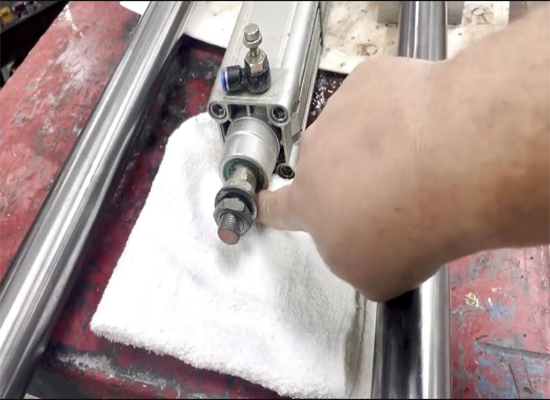
Over time, seals may age, wear out, or be installed incorrectly.
Continuous side loading, material fatigue, or extreme temperature variations may deform the cylinder.
Vibrations transmitted through the piston rod can loosen end caps, fittings, or bolts, further worsening the leakage.
Check the seals used on the piston and end caps to ensure they are still functioning properly;use soapy water to test for air bubbles indicating leakage;confirm the correct installation direction and apply lubrication regularly.
If the working environment contains dust or contaminants, improve air or oil quality by adding filters, lubricators, and dryers.
Inspect the piston rod and cylinder barrel for scratches or scoring.
Ensure that mounting brackets and fittings are tightened properly and that the cylinder is evenly aligned to prevent uneven loading.
When a cylinder operates slowly or its speed fluctuates, it can severely affect precise motion control and reduce the overall efficiency of automated processes.
These symptoms usually indicate problems within the air supply system or excessive mechanical resistance inside the actuator.
If the cylinder shows signs of vibration, delayed movement, or intermittent stalling, the root cause should be identified and corrected immediately.
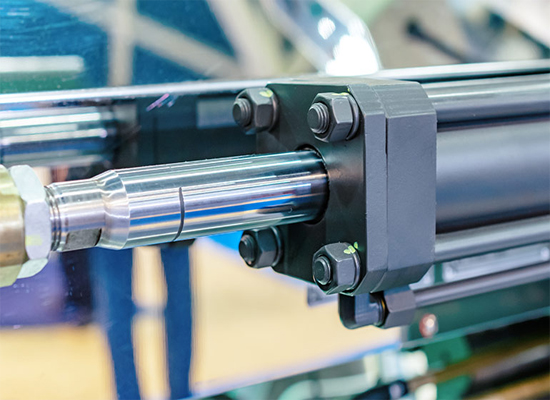
Sluggish cylinder motion is often the result of a combination of mechanical, pneumatic, and assembly-related factors.
Prolonged side loading, misalignment during installation, or torque-induced impacts can cause components to bend or deform.
Contaminated compressed air containing dust, moisture, or particles, combined with insufficient lubrication, increases internal friction.
Improper or overly tight seal installation and unstable pressure adjustment at the regulator can also lead to inconsistent motion.
Check alignment between the cylinder body and the guiding mechanism, and ensure that anti-rotation and anti-torque features are functioning properly.
Replace any bent piston rods or deformed cylinder barrels.
Improve air quality by installing air filters, dryers, and lubricators in the pneumatic supply line.
Inspect air pressure stability and verify that there are no blockages or restrictions in the air lines and fittings.
Insufficient cylinder thrust or failure to complete the full stroke can have a serious impact on the output force of an automated system.
When the cylinder is unable to push the load to its end position or deliver adequate force, it not only affects the performance of a single motion but can also bring the entire production line to a halt.
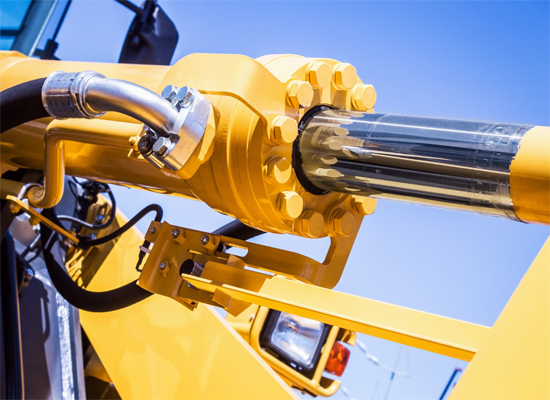
The causes of insufficient cylinder thrust generally involve air transmission issues, internal cylinder problems, and unstable pressure regulation.
Low or unstable air supply pressure.
Excessive bends or long piping runs that create pressure losses.
Air leaks at joints or fittings due to connector failure.
Worn, damaged, or aged piston seals causing internal air bypass.
Misalignment or side loading on the piston rod leading to excessive friction and loss of effective output force.
Check the main air supply pressure to ensure it meets the cylinder’s rated requirements.
Optimize the pneumatic circuit layout to minimize bends and unnecessary fittings.
Centralize pneumatic control and distribution using a valve manifold to achieve short, integrated air passages and reduce transmission losses.
Inspect cylinder components for air leaks and ensure all seals are properly tightened and lubricated.
Apply appropriate lubrication to the piston and moving parts to reduce internal resistance.
Use proper mounting brackets or add guide rods to prevent piston rod deflection and ensure stable linear motion.
When a cylinder’s piston rod wobbles or its extension and retraction movements become irregular, it usually indicates mechanical misalignment or uneven loading.
This unstable motion can lead to inaccurate positioning, insufficient thrust, and increased energy consumption.
It may also accelerate wear on the cylinder barrel and seals, generate vibration and noise, and in severe cases, cause system jamming or even safety hazards.
Common causes of cylinder wobbling include misalignment between the cylinder and the load, eccentric or uneven external loads, lack of proper guiding mechanisms, bent cylinder barrels or piston rods, and loosened mounting components.
To prevent these issues:
Ensure the cylinder and the load are installed coaxially, and use self-aligning bearings when necessary to compensate for minor misalignment.
Check and balance the load distribution, and for offset or side-load applications, use twin-rod cylinders or cylinders with built-in guides.
Add external guide rails or slide systems to share lateral forces, and regularly maintain lubrication and guiding components.
Inspect the straightness and rigidity of the piston rod and cylinder barrel, tighten all supports, flanges, and bolts, and apply anti-loosening measures in high-vibration environments.
These steps help maintain stable and precise cylinder motion while extending the overall system’s service life.
Excessive noise from a cylinder often serves as an audible warning, indicating that certain components are not functioning properly.
While all pneumatic systems generate some level of operational noise, persistent hissing, clicking, or banging sounds usually point to deeper mechanical or pneumatic issues that require immediate attention.
Cylinder noise is primarily caused by vibration.
Loose mounting bolts, misaligned load connections, or insufficient lubrication can all lead to excessive vibration.
If the air pressure supply is unstable or the system lacks cushioning components, the piston may strike the rear end cap directly.
Additionally, a lack of lubrication between the piston and the inner wall of the cylinder can increase friction and create harsh mechanical noise.
Inspect structural connections, including cylinder mounting bolts, load linkages, and support brackets, to ensure everything is secure and properly aligned.
Monitor air pressure stability using a calibrated pressure gauge to confirm consistent supply pressure to the cylinder.
Install cushioning devices or shock absorbers on the rear end cap to minimize impact noise.
Apply proper lubrication to the piston and inner cylinder wall to reduce friction and ensure smooth motion.
You May Interest In
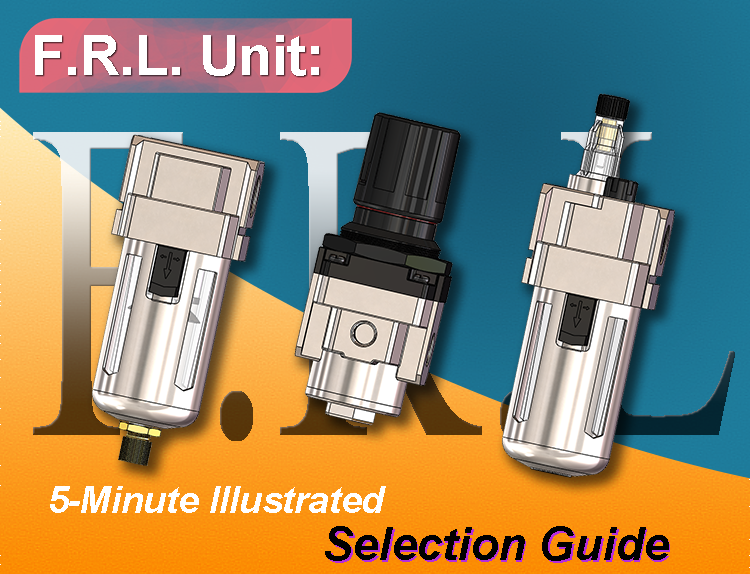
Dec 05, 2025 Blog
FRL: A 5-Minute Illustrated Selection Guide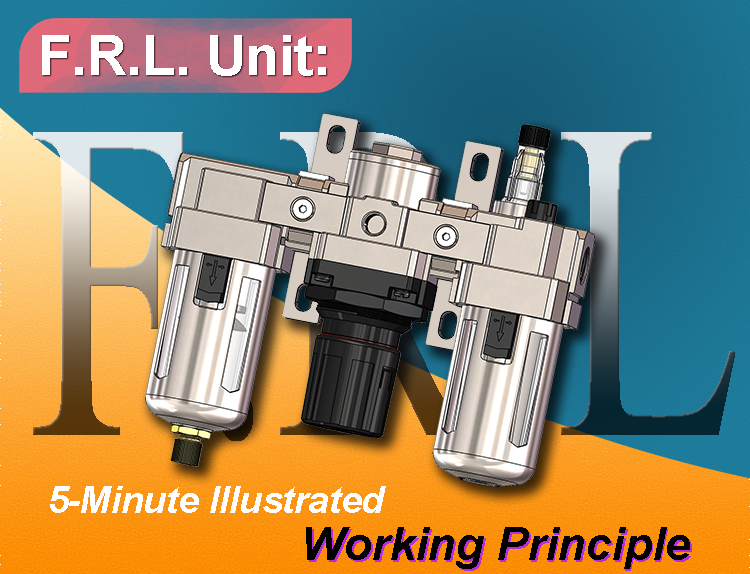
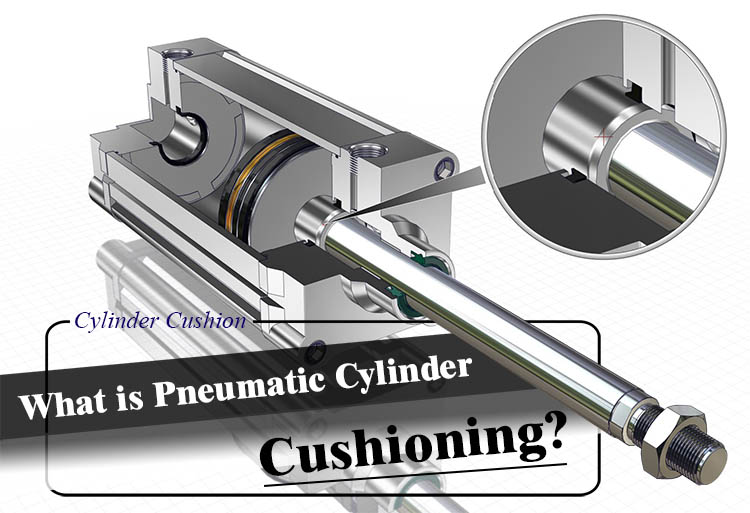
Nov 10, 2025 Blog
What is Pneumatic Cylinder Cushioning?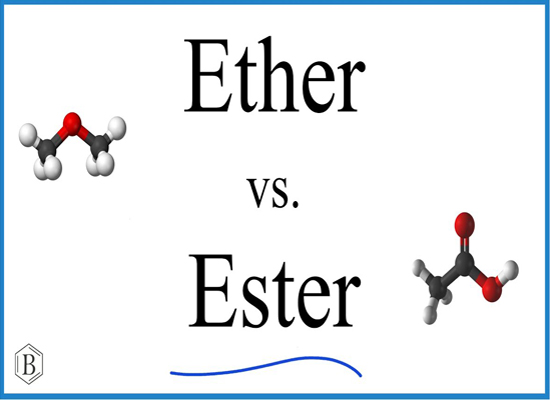
Nov 04, 2025 Blog
How to remember ester vs ether quickly?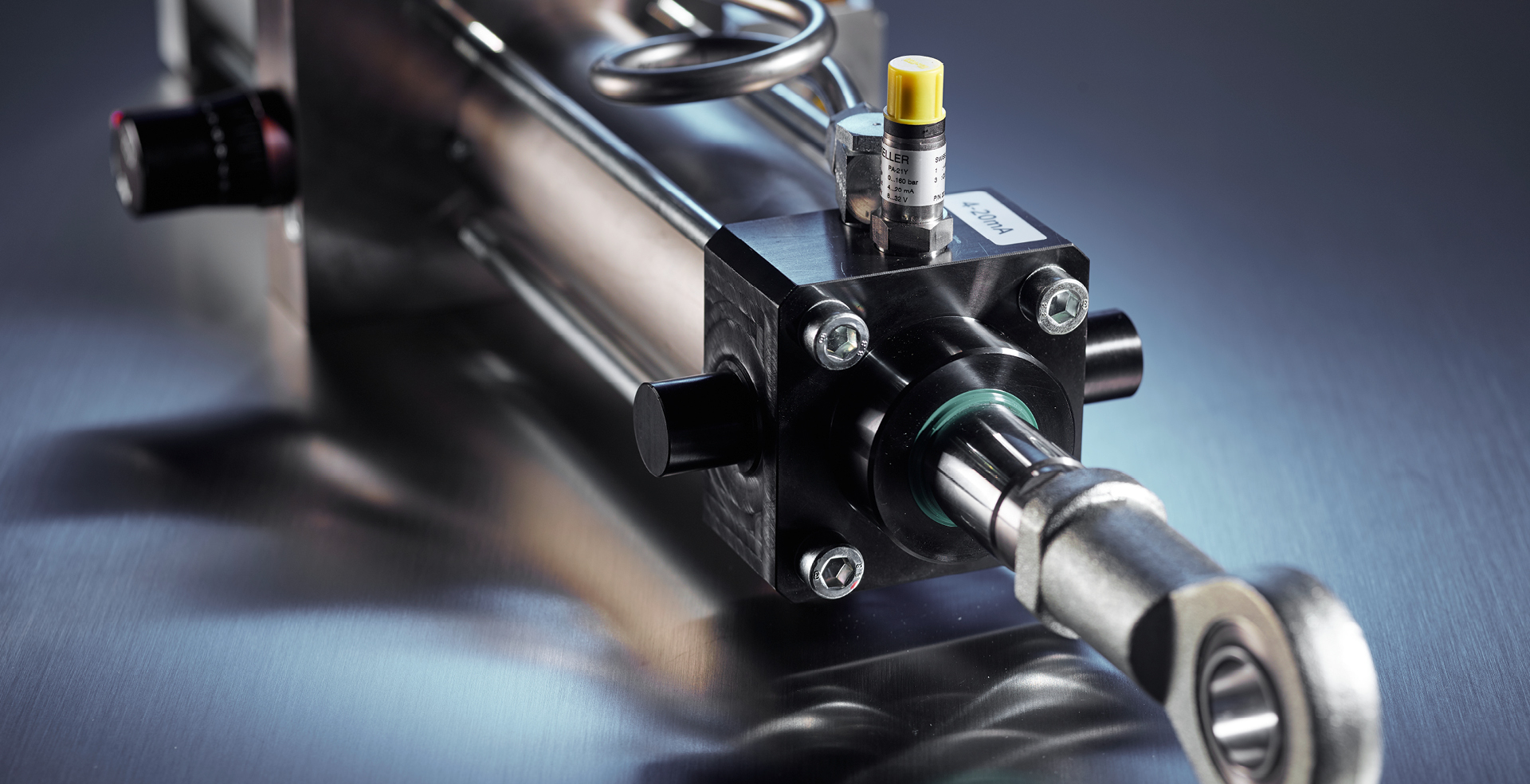
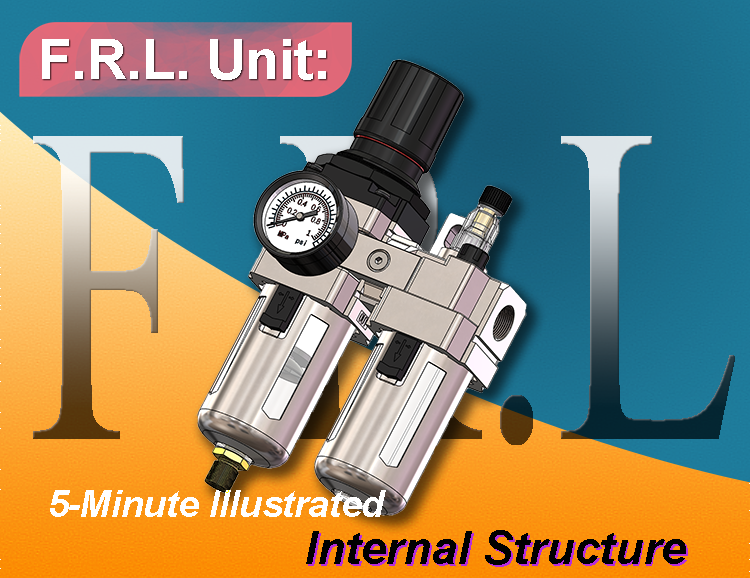
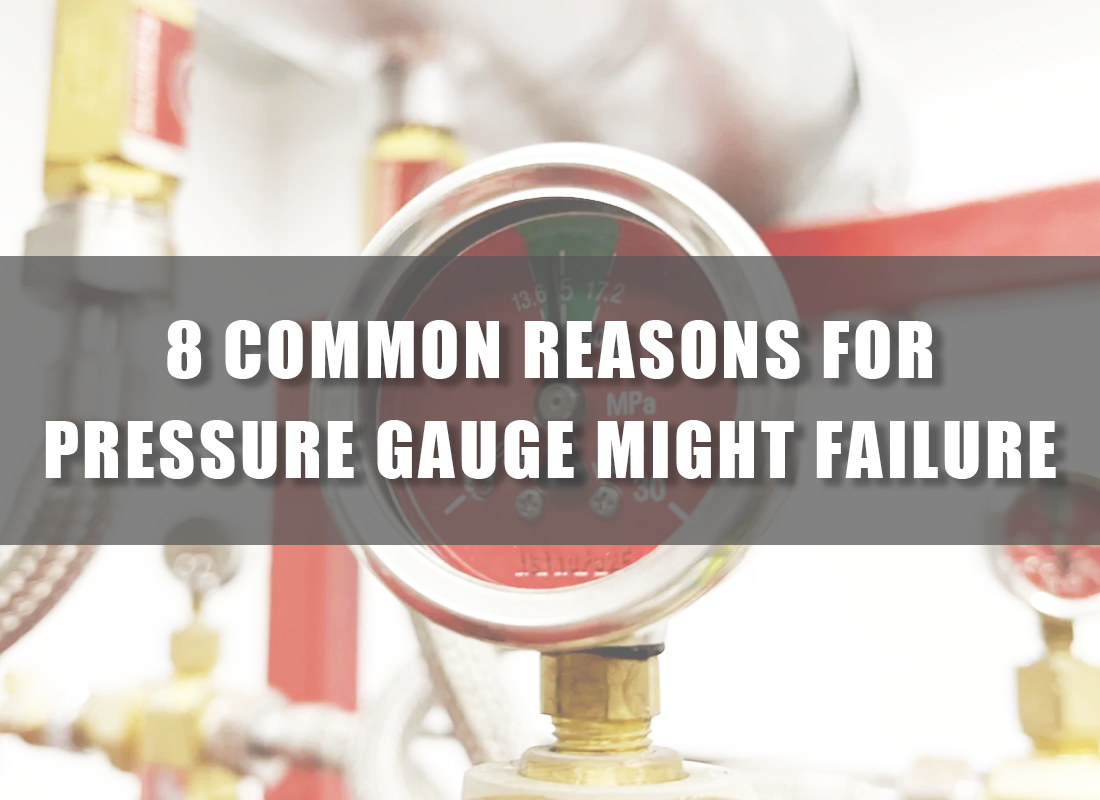
Oct 24, 2025 Blog
8 common reasons for pressure gauge might failure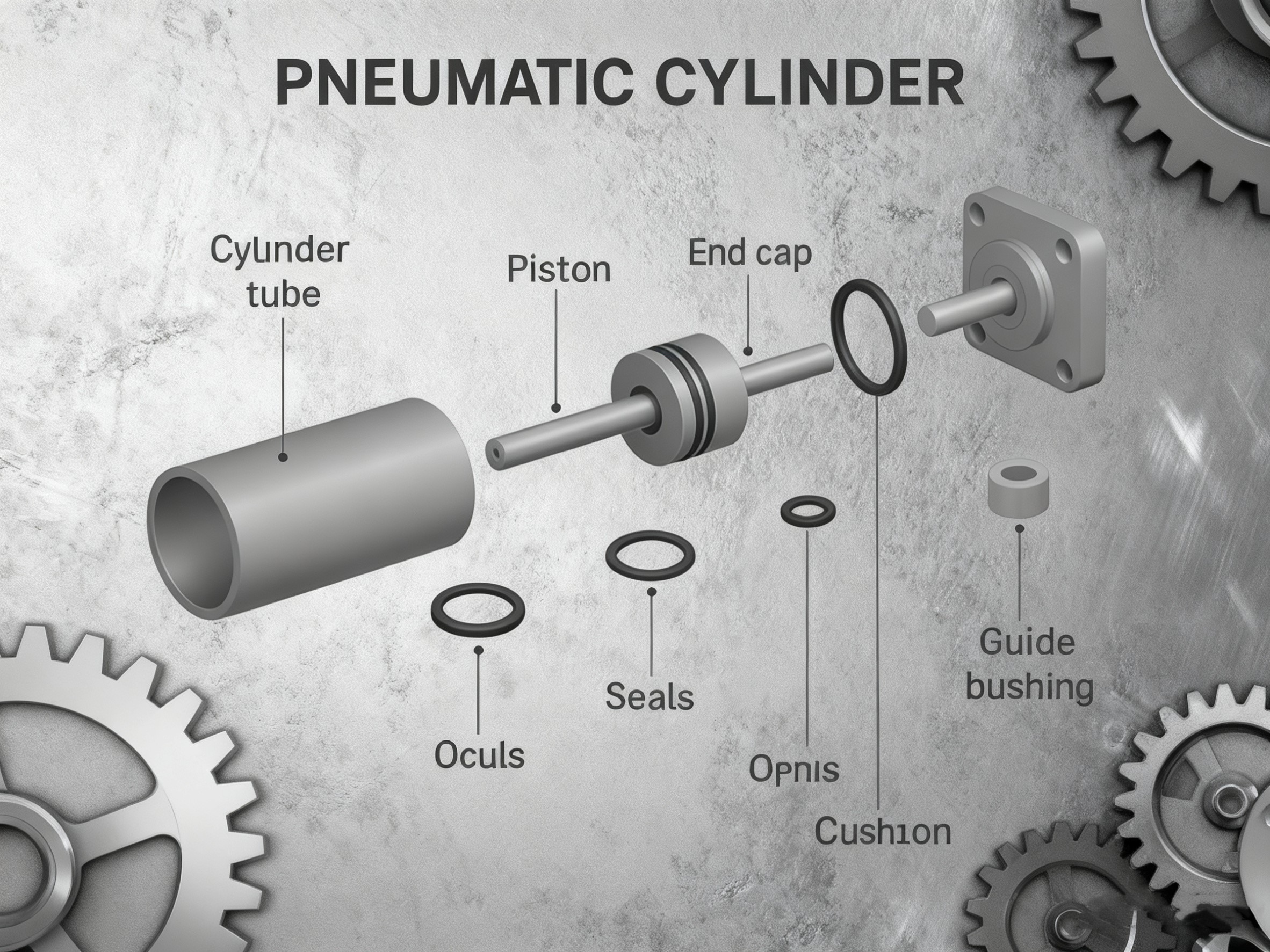
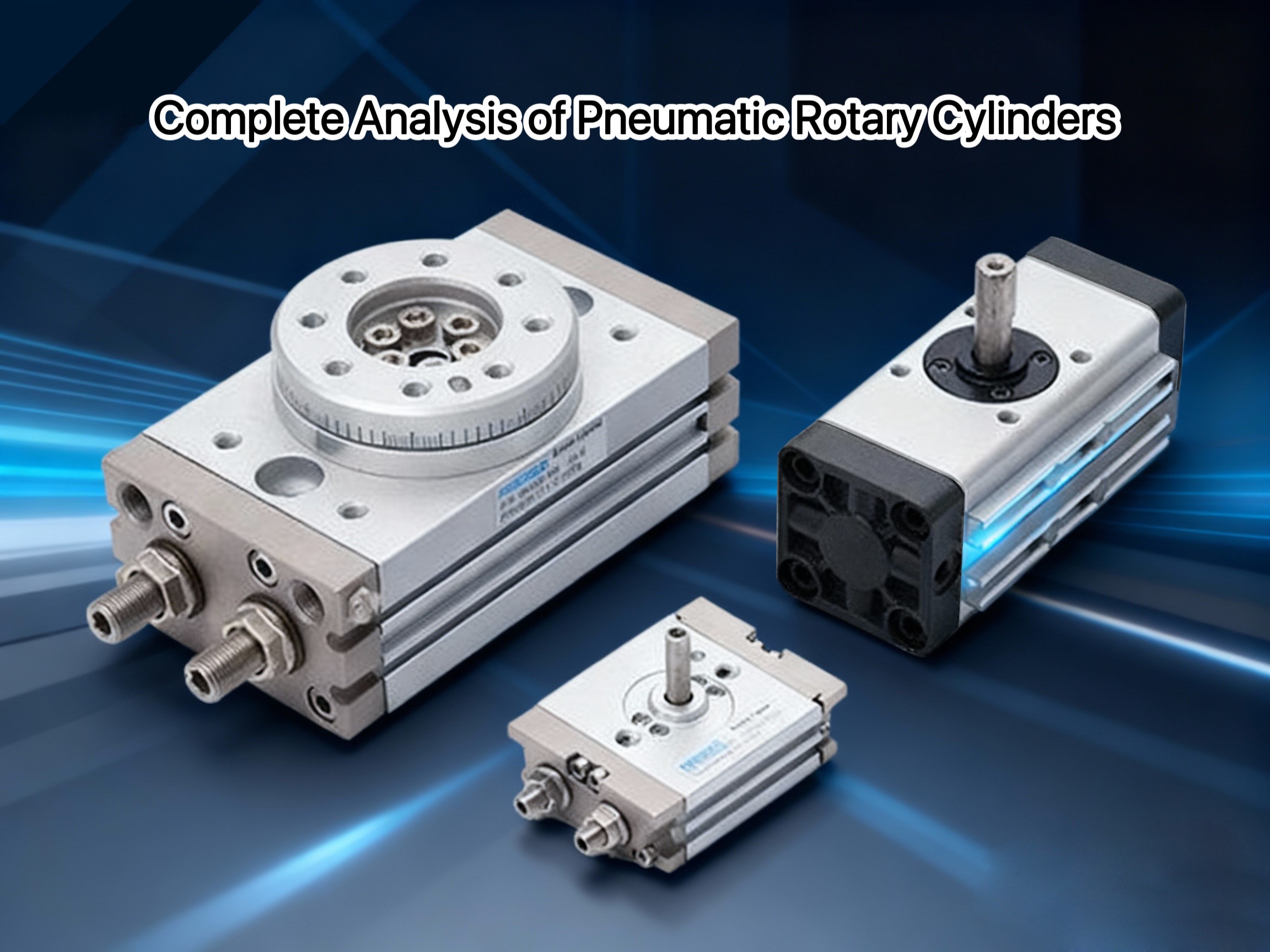
Aug 01, 2025 Blog
Complete Analysis of Pneumatic Rotary Cylinders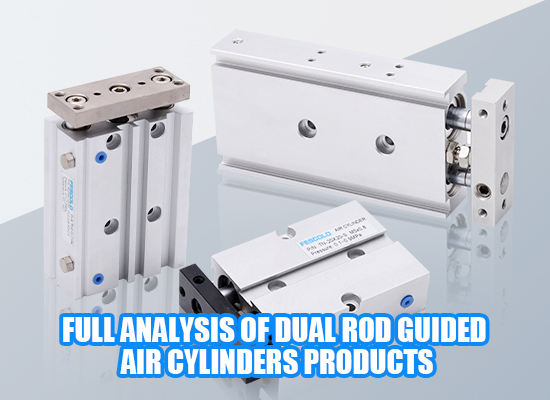
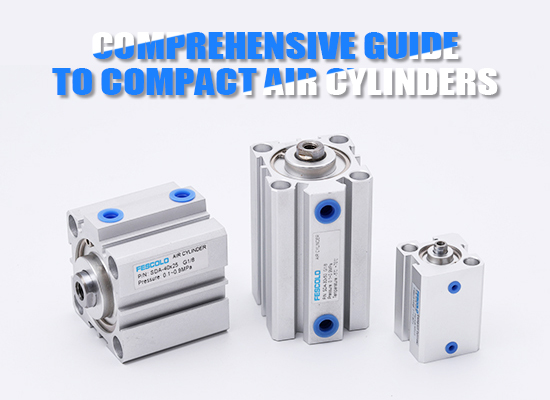
Jul 30, 2025 Blog
Comprehensive Guide to Compact Air Cylinders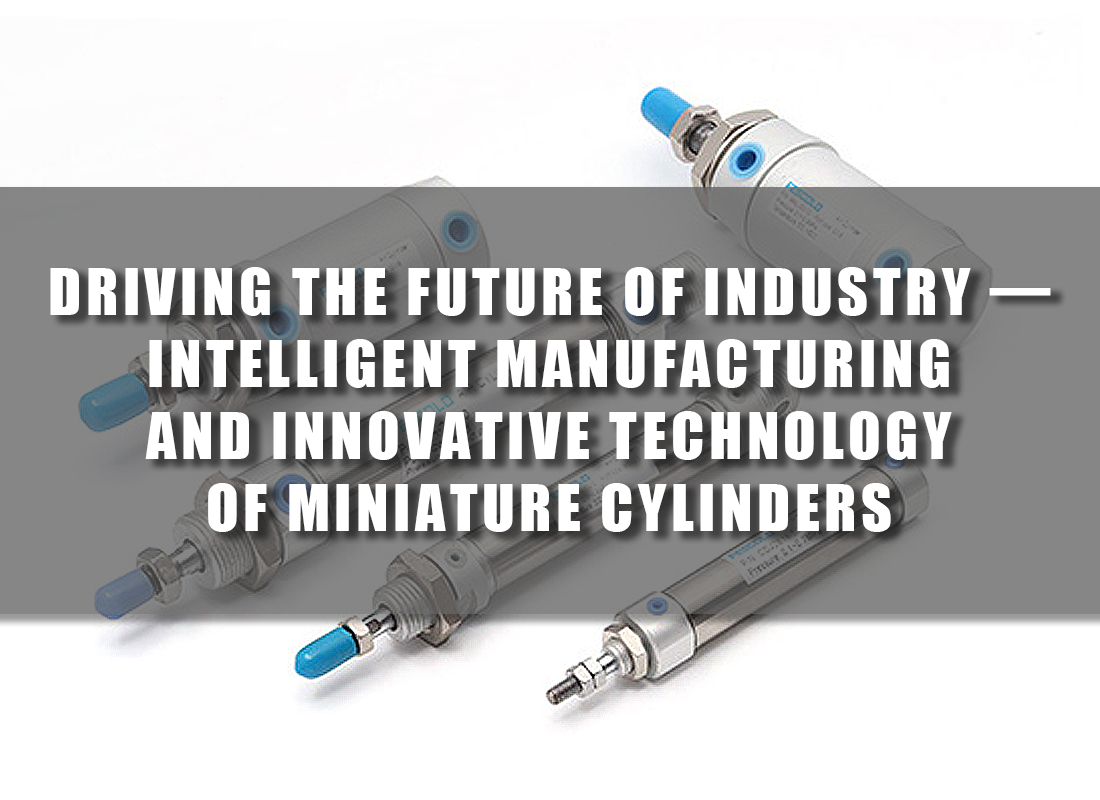
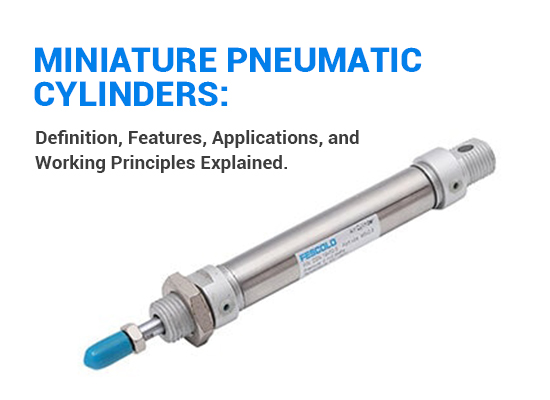
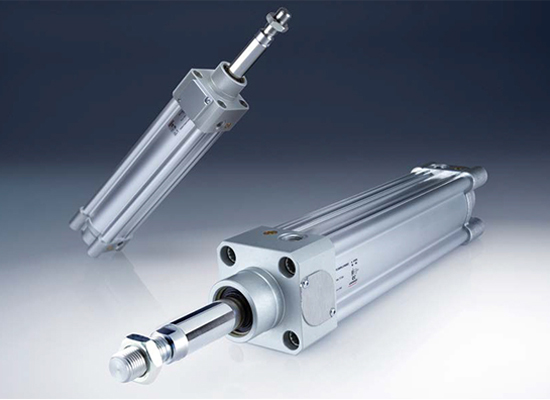
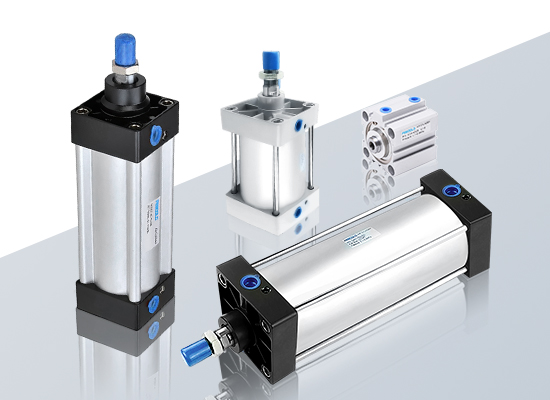
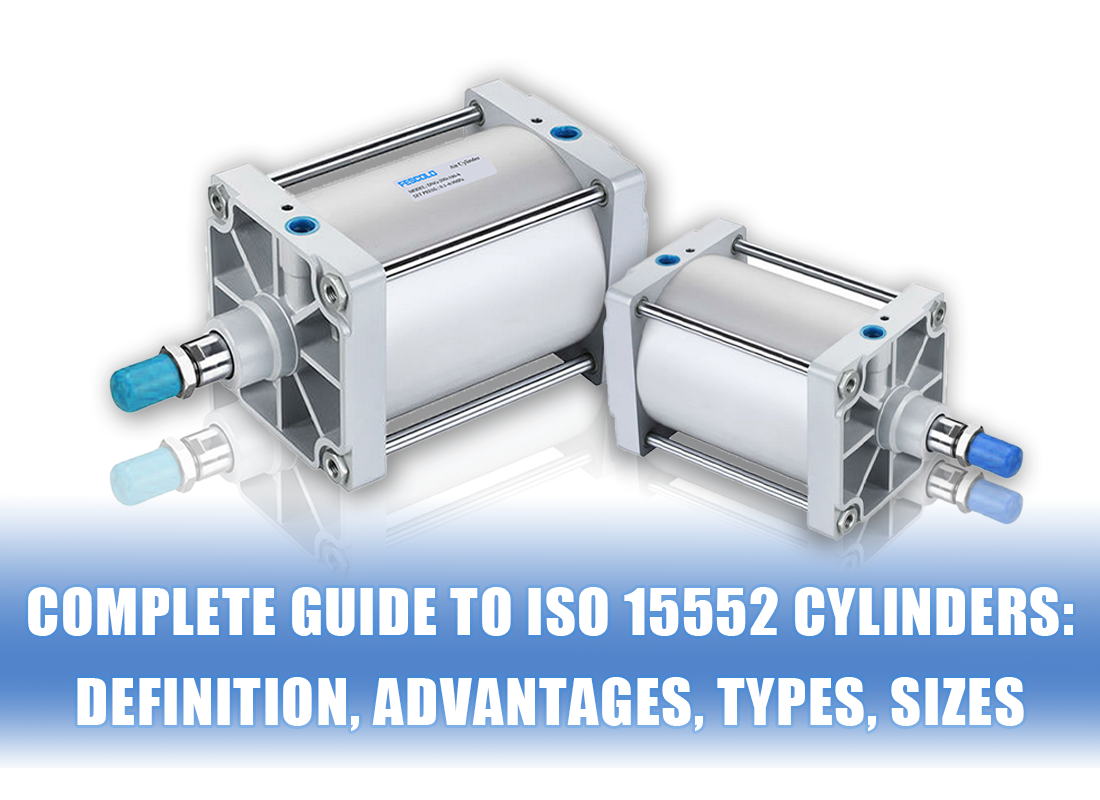
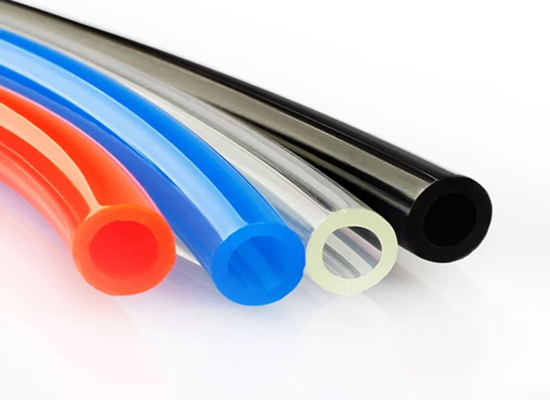
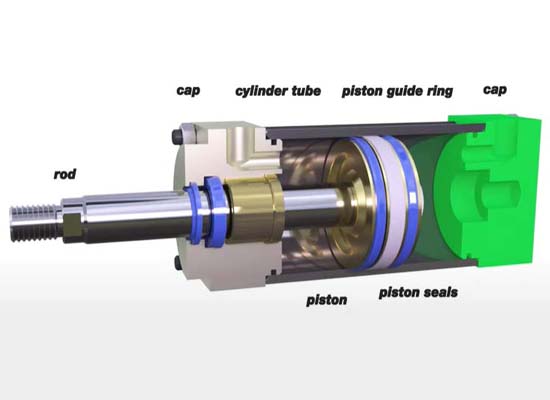
Apr 23, 2025 Blog
Exploring the Critical Parts of a Pneumatic Cylinder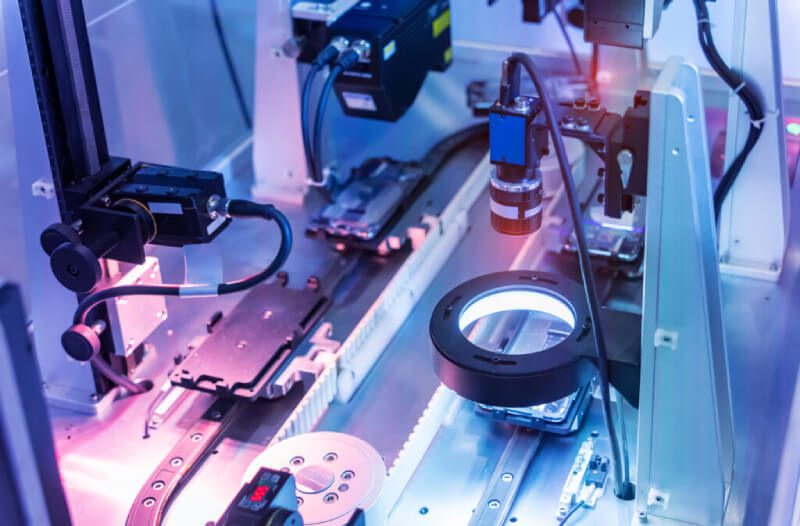
Apr 23, 2025 Blog
anti-rotation cylinder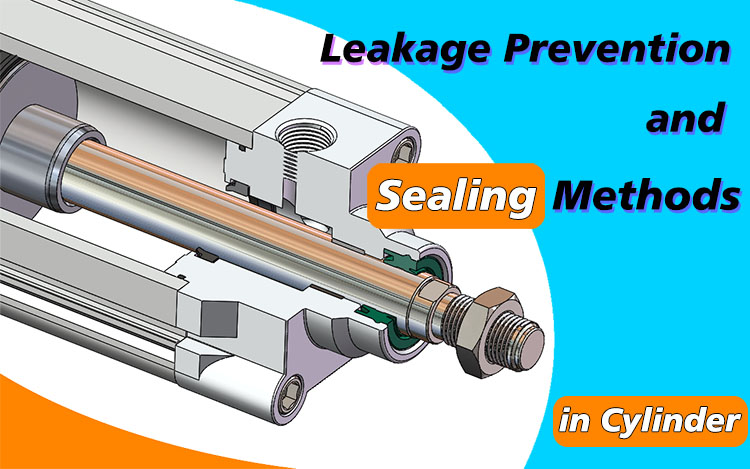
Mar 28, 2025 Blog
Leakage Prevention and Sealing Methods in Cylinder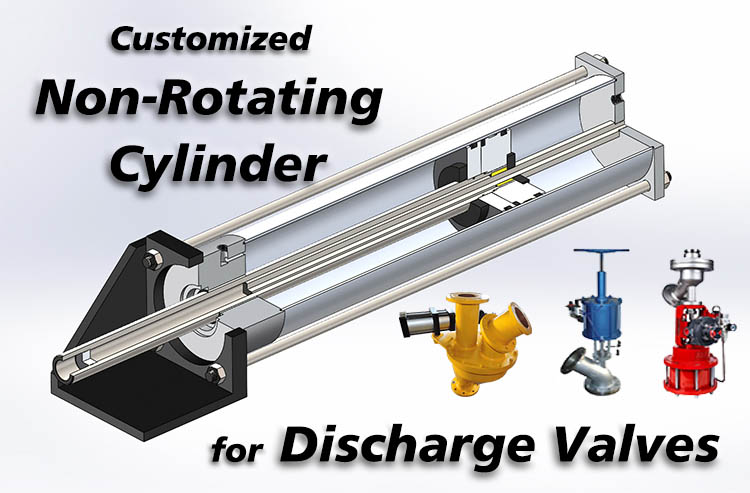
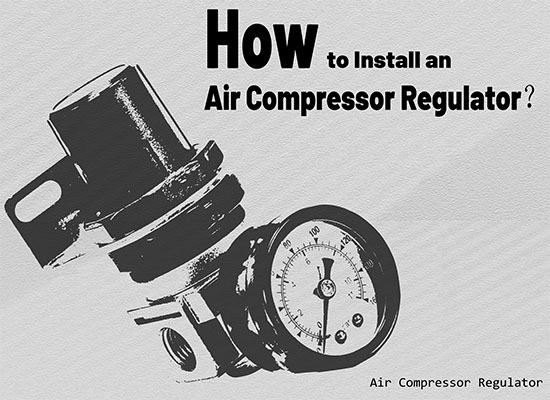
Mar 18, 2025 Blog
How to Install an Air Compressor Regulator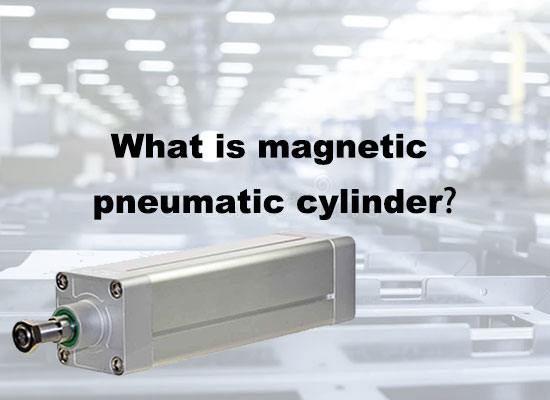
Mar 13, 2025 Blog
What is Magnetic Pneumatic Cylinders?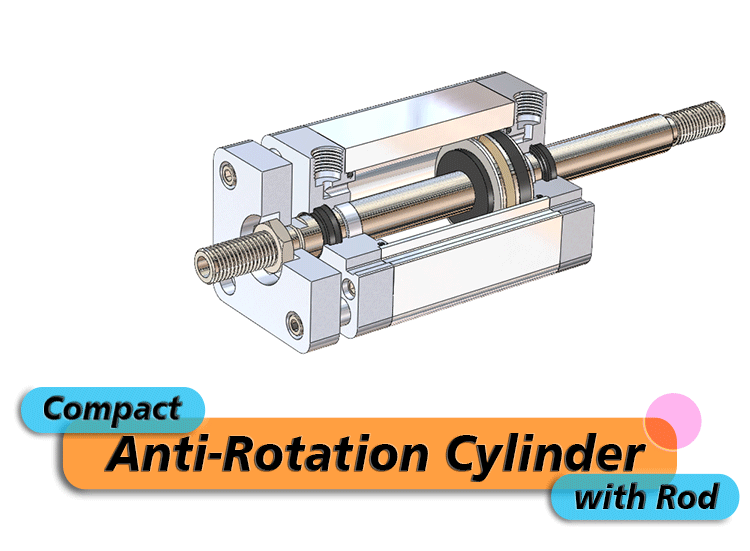
Mar 10, 2025 Blog
Compact Anti-Rotation Cylinder with Rod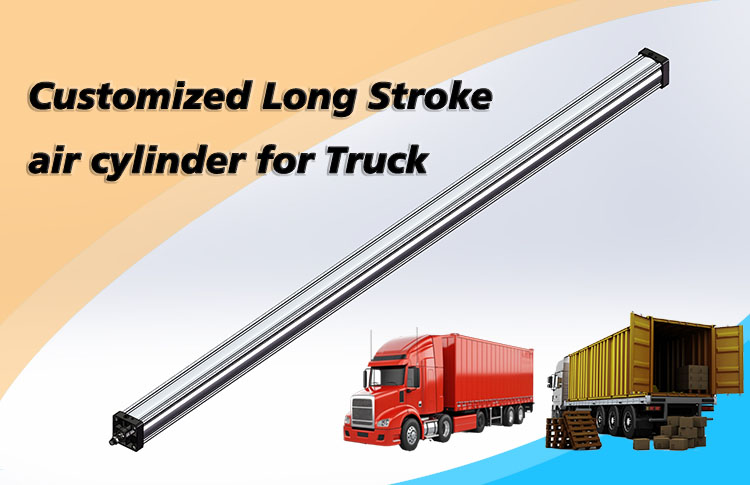
Mar 10, 2025 Blog
Customized Long Stroke Air Cylinder for Truck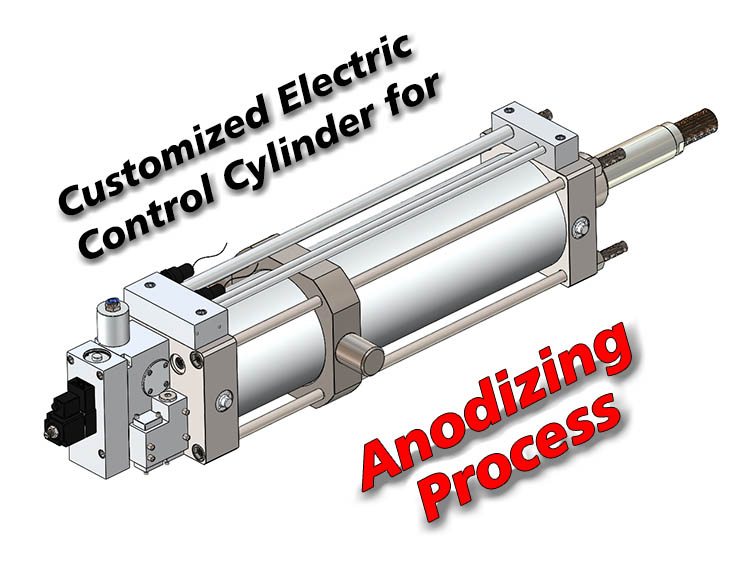
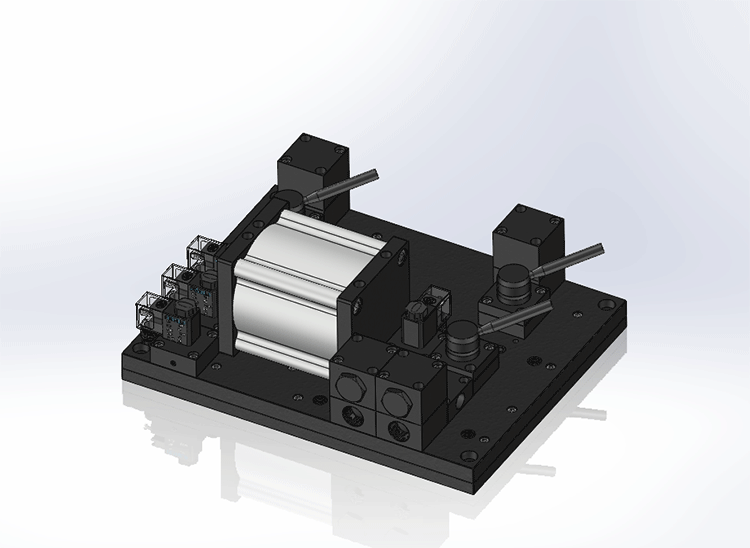
Mar 10, 2025 Blog
Customized Combination Manifold Valves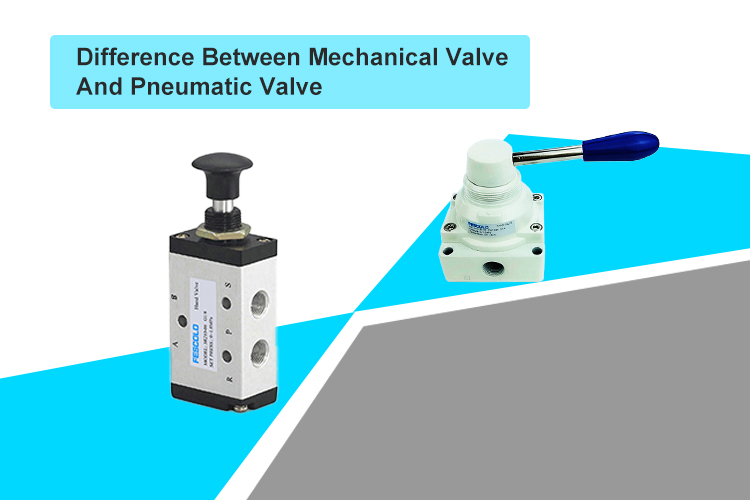
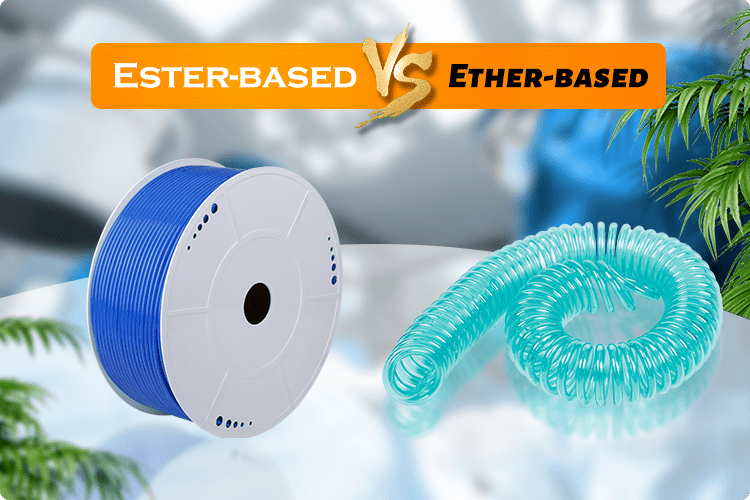
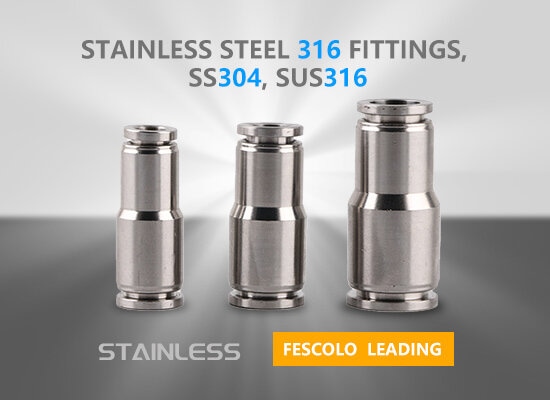
May 16, 2019 Blog
STAINLESS STEEL 316 FITTINGS, SS304, SUS316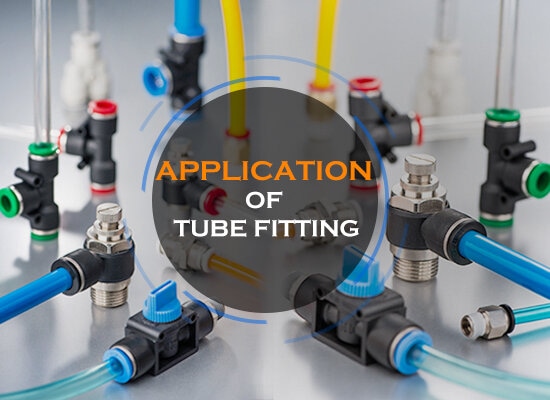
May 03, 2018 Blog
Application Of Tube Fitting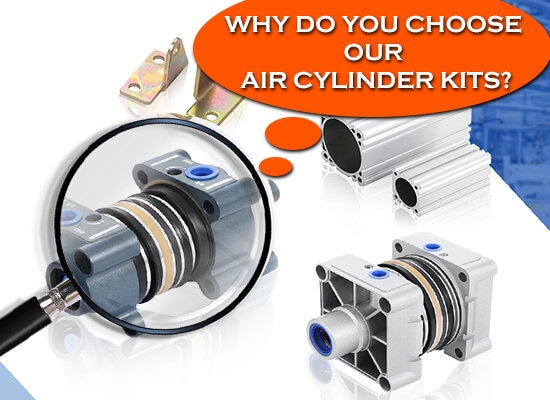
Jun 08, 2018 Blog
Why Do You Choose Our Air Cylinder kits?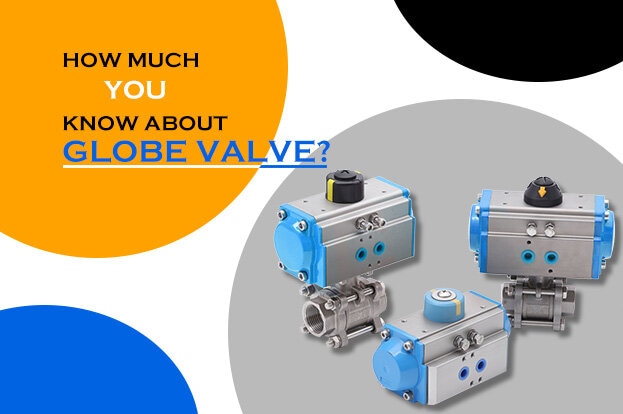
Feb 09, 2018 Blog
How much you know about globe valve?FOKCA ©1998-2025 Fescolo Pneumatic All Rights Reserved Sitemap